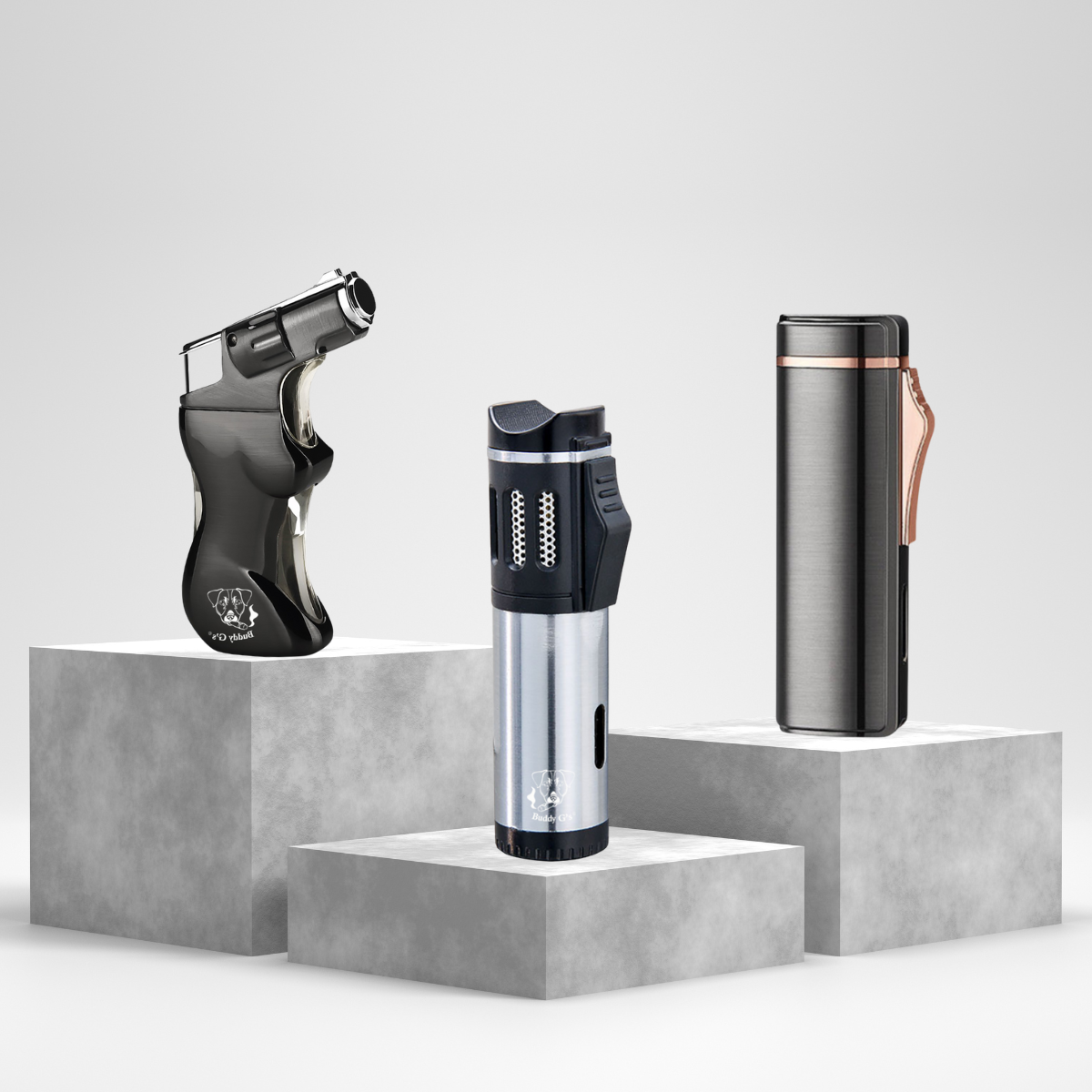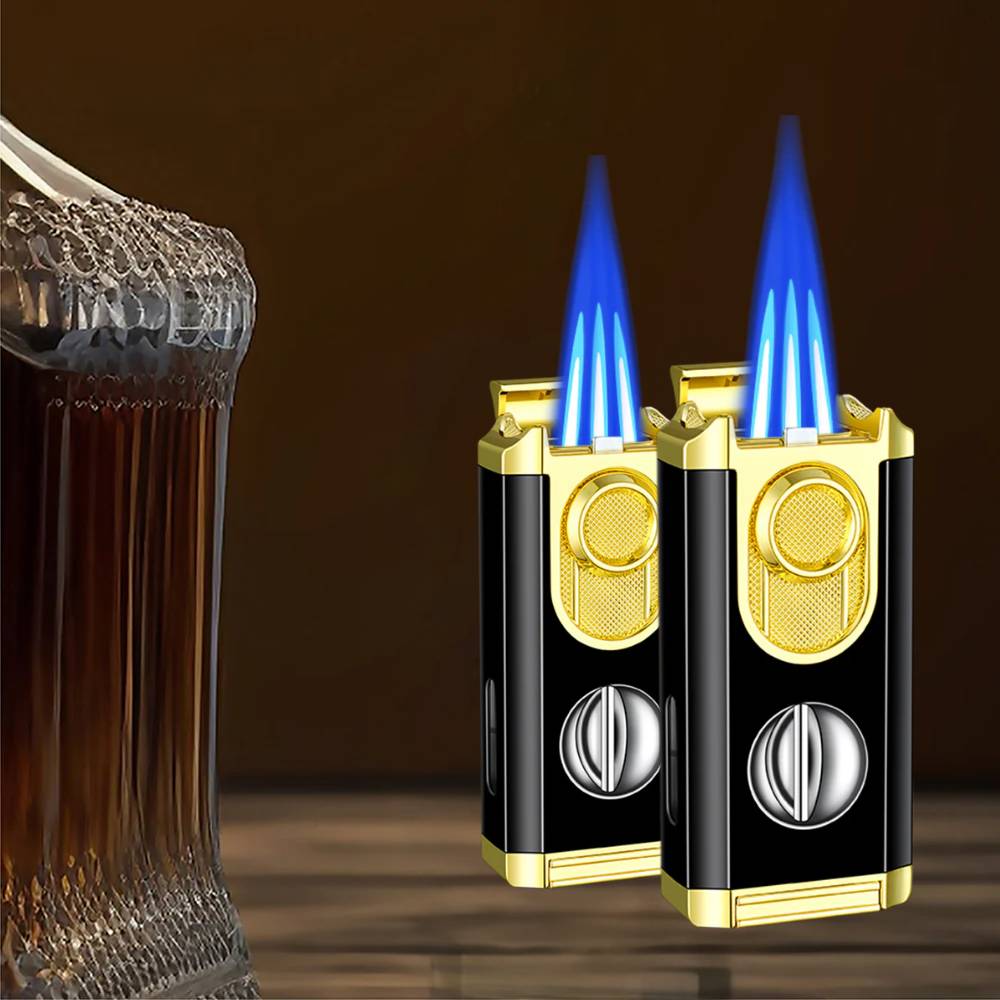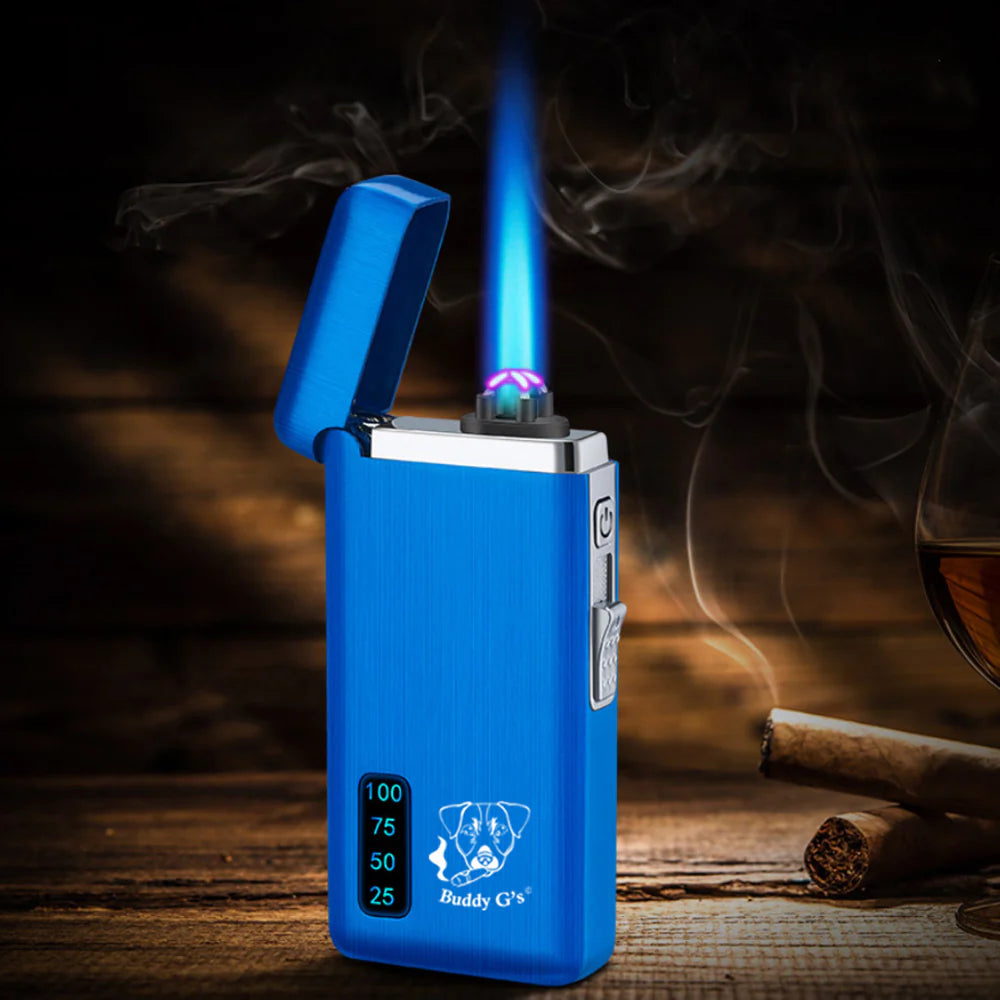History Of the Cigar Lighter
As a cigar connoisseur, you must have heard the phrase "Got a lighter?" a thousand times. But did you know that the original phrase was actually "Got a match?"
We all know that matches came first, but they were not a very sustainable solution for cigar smokers. The need for something better and more efficient paved the way for the invention you use every day to have an enjoyable time — the Cigar Lighter.
When was it created? And by whom? And how was it different from the ones we use now? In this blog, we answer all your questions about the fascinating history of the cigar lighter. Light up your stogie and get ready to hear the tale.
When was it first invented?
The first lighter was invented in the early 19th century by a German Chemist called Johann Wolfgang Dobereiner. He named the lighter "Feuerzeug" but it was popularly known as "Dobereiner’s Lamp". It used hydrogen gas passed over a metal catalyst to induce a reaction that produced heat and light.
As much as this device began the journey of the lighter, it wasn't exactly easy to use. It was known to be dangerous to light, expensive because of the platinum used in it, and not as handy as matches. It was sold in bulk and was used by many but still did not become big among common smokers. For the next 80 years or so, most cigar smokers continued to use matches for their lighting needs.
When did using a lighter become a thing?
In 1903, a synthetic alloy called "ferrocerium" was patented by an Austrian chemist, Carl Auer von Welsbach. When ferrocerium is scratched, a spark is created that ignites the lighter's fuel. This gave birth to the first pocket friendly lighter known as "flint". For the next 2 decades, flint was the most talked about invention amongst men. It was sent into mass production, and you would find one in every nobleman's hand.
Its popularity only went higher during World War 1. In fact, many more developments were made to the lighter at this time, which made the existence of today's lighters possible. Soldiers made their own lighters using empty shell cartridges, adding a sort of cap with holes to contain the flame. Smoking cigars with their own handy lighters became an escape for them in their camps.
There were problems with the flint lighters as well but as per the time, it was the most convenient one. However, the biggest setback to flint was that having those was still considered a luxury. Not everyone could afford them, and to solve this problem, an American inventor called George G. Blaisdell came up with the famous Zippo lighter. The Zippo Lighters Company was founded in 1932 and instantly became a hit. That was because Zippo lighter had a similar design element to the other variations of flint lighters at the price of only $1.95.
To add to that, George had done impressive improvements and innovations to his invention. He created a perforated wick hood to keep the flame of the lighter windproof, which ended the problem of lighting cigars in windy places. He also improved the fuel chamber's efficiency and added a flip-top lid with a hinge. Zippo lighter was so much easier to use and hold, which turned Zippo into an iconic brand, with its legacy going strong even today.
As Zippo gained such massive success, other lighter companies began to appear in the market. The intense competition led to a sharp decline in pricing, and lighters became highly collectible and had a cult following.
What fuels did the lighters use?
During the 1930s and 40s, Ferrocerium and Naphtha were most used in fuelling lighters. But they would smell strong, leave a bad taste in the mouth at times, and wouldn't create a very controllable flame. To put an end to these limitations, a ground-breaking innovation was made. A lighter company "Ronson" started mass-producing lighters that used butane as a fuel.
Butane lighters created strong, steady flames that did not affect the smell or taste of the cigar as strongly as the earlier fuels. Butane also ended the need for the cotton wick that naphtha required inside lighters. And most importantly, Butane gave rise to the use of Piezoelectricity in creating what Ronson called a "piezoelectric spark". This spark is produced by exerting pressure against an electrically charged crystal, which then emits an electric discharge that ignites the fuel. And voila, the electric lighter was born!
Soon, other companies combined these new techniques to create their own unique lighters, but it remained significant that they used Butane as the fuel.
When did the torch lighter come into the picture?
Soon after the Butane and electric lighters became popular, another way of using Butane as a fuel was created.
Torch lighters were invented by exerting pressure via a metal plate with tiny holes and pushing the fuel to mix with the air before burning, as opposed to simply dumping it in the air to combine with the spark. This results in the formation of a blue flame that burns more effectively and produces temperatures of more than 2300°F.
The torch lighter ended up lighting cigars considerably more quickly and efficiently than a spark or a mild flame. However, people were recommended to use extreme caution while using these torches to ignite a cigar because the flame these torch lighters produced were hot enough to melt a variety of common metals and butane impurities. Today, the torch lighter is the most popular cigar lighter to exist due to its easy and comfortable mechanism. But many old school cigar smokers still prefer their stogie to be lit by the classic Butane.
Now that you've learned about the history of the lighter you carry in your pocket, you must realize how special owning this magnificent device is. We have come extremely far in terms of choices and features in a cigar lighter, which is why simply owning one is not enough today. Your lighter needs to be one of a kind, something that speaks as a status symbol to others. The Vintage Lighter can provide you with the kind of class you're searching for. From Zippo inspired ignition to Torch, gold plated to platinum, our diverse collection will make this critical choice a bit easier for you.












Leave a comment
This site is protected by hCaptcha and the hCaptcha Privacy Policy and Terms of Service apply.